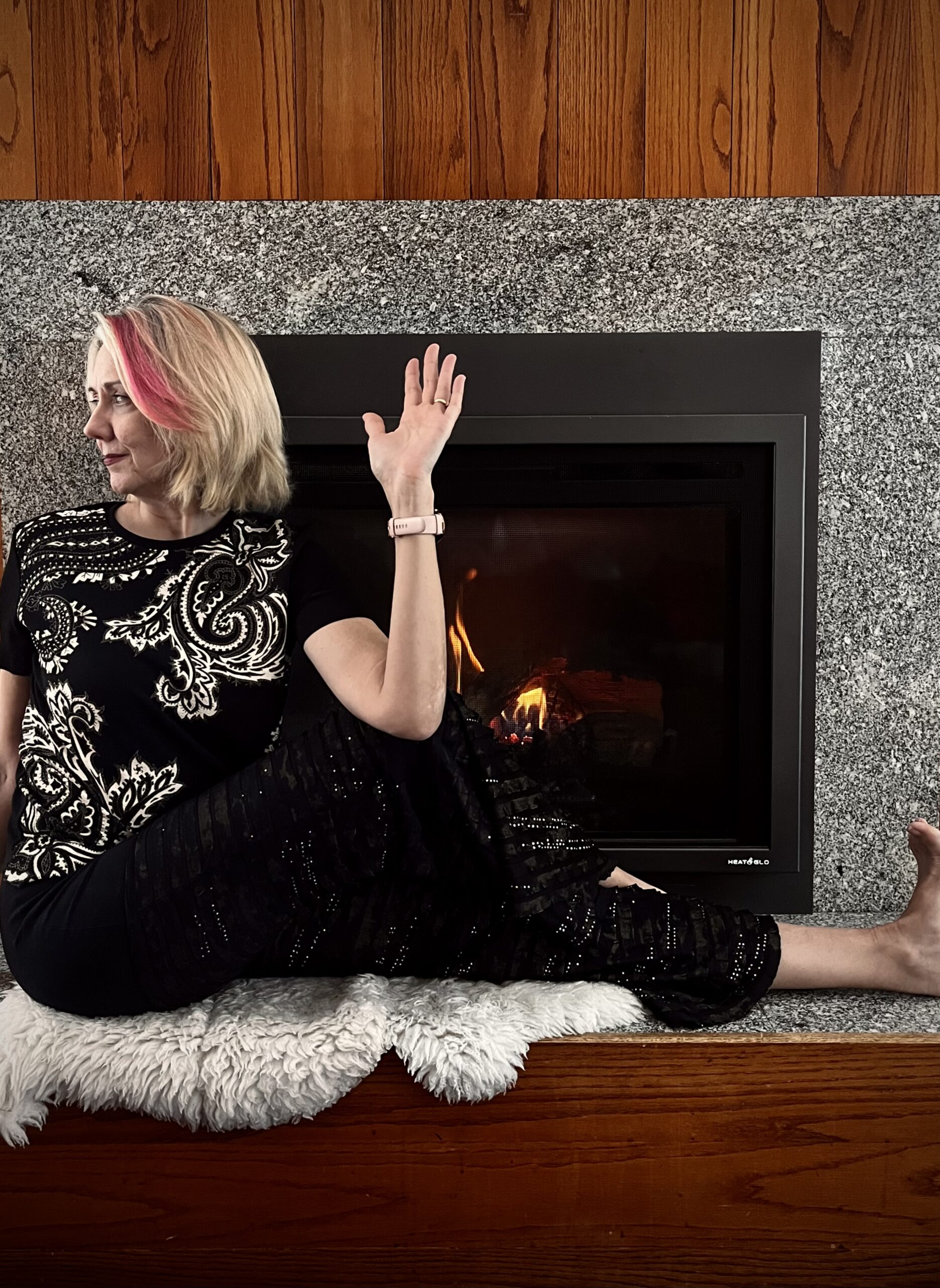There are a lot of books written about what is meditation and how to do it. To be honest, it’s often more enjoyable to read about meditation than it is to actually attempt it! Most of us are nowhere near ready for what we might consider meditation: sitting perfectly still on a cushion with an erect spine, effortlessly surfing waves of bliss. Frankly, it’s a lot more rigorous than you might think. First off, our bodies are no where physically ready to sit comfortably (usually on the floor) for an extended period–you’d be surprised how long 10 minutes can take when seated on the floor without support–our hips have long since adapted to chairs and for many, there’s no going back! Besides, is sitting really what we should be doing in our leisure time? Is anyone out there wracking their brain thinking, “How can I sit more?” (People who work on your feet all day, you are perhaps the only ones who may answer “yes”).
As if the body alone weren’t enough of an obstacle, we have to consider the over-tasked modern mind. If you don’t already have ADD or ADHD, you’re probably catching it like the flu from your devices. All of these inventions that were supposed to save us time and energy simply multiplied all the things we’re supposed to get done at once!
The answer for 99% of the people I meet who want to reap the benefits of meditation ranging from boosting mood and immunity to cognitive function are best served by a yogic “meditation in motion” practice. The yogis were the first to make the mind-body connection and flip it upside-down: instead of mind over matter (the body), they learned that you could use the body (and breath techniques) to calm the mind. This was (and still is for many), a revolutionary idea!
Finding the right combination of breathing and slow moving postures taught in a serene environment can lead you to those meditative bliss waves. And, by serene I mean quiet. Meditation requires confronting silence, stepping back and watching your thoughts. This can’t be done while listening to music or looking in a mirror (hence the “no music, no mirrors”). While music can be relaxing, it can’t help but generate memories and emotions–both considered “errors” of meditation (ask people who compose music for hospitals how tricky it can be). Mirrors put you in the comparative part of your brain where the ego lives, another “error.” Even if you’re not checking out your neighbor, you might be comparing today’s image with a previous one; besides that, you aren’t focused internally. I once asked for hardship pay after trying to teach a group of teenagers yoga in a mirrored studio–and I got it!
Keep in mind, yoga postures were developed to prepare the body and mind for meditation, as a prelude to the higher states. Swami Kripalu realized that most people didn’t actually have 10 hours to sit in silence daily like he did, so he promoted a style of yoga that makes the “container” of the body stronger while reaping the rewards of meditation. The practice then finishes with a full length Savasana (corpse pose). Big-box fitness yoga tends to reduce it to a couple of minutes of “relaxation,” to get you out the door so the next class can move in, missing the point entirely. It’s like sending you away w/ a peppermint instead of an artfully crafted tiramisu. A proper savansana is the piece de resistance toward which the class has been building. You, the student, have a small window of opportunity to transition from “meditation in motion” to just meditation, now that the mind, body and breath have been carefully prepared. To forego that opportunity is a loss and shows a lack of respect or understanding for the underpinnings of classical yoga.
You must be free from doubts, fear, delusion, egoism, anger, passion and Raga-Dvesha









